Commercial Law: Analysis of Capital Doctrine in Australia
VerifiedAdded on 2019/09/16
|6
|673
|449
Report
AI Summary
This report provides an analysis of the capital doctrine within commercial law, focusing on its historical development and application in Australia. It begins by defining the capital doctrine and explaining its importance in protecting the interests of creditors, referencing the "Flitcroft Case" and the significance of maintaining capital integrity. The report then examines the doctrine's evolution and its role in preventing the unlawful dispersal of company capital. A significant portion of the report is dedicated to the Australian perspective, detailing relevant provisions within the Australian Corporations Act 2001 and the specific transactions it governs, such as share buybacks, financial assistance, and dividend restrictions. The report highlights the more liberal approach in Australia, where directors bear personal liability, and the implications of this approach on insolvency and capital reduction. Finally, the report concludes by contrasting the Australian approach with the UK model and emphasizing the need for a balanced approach to capital maintenance in modern business environments. The report references key legal texts and scholarly articles to support its analysis.
1 out of 6
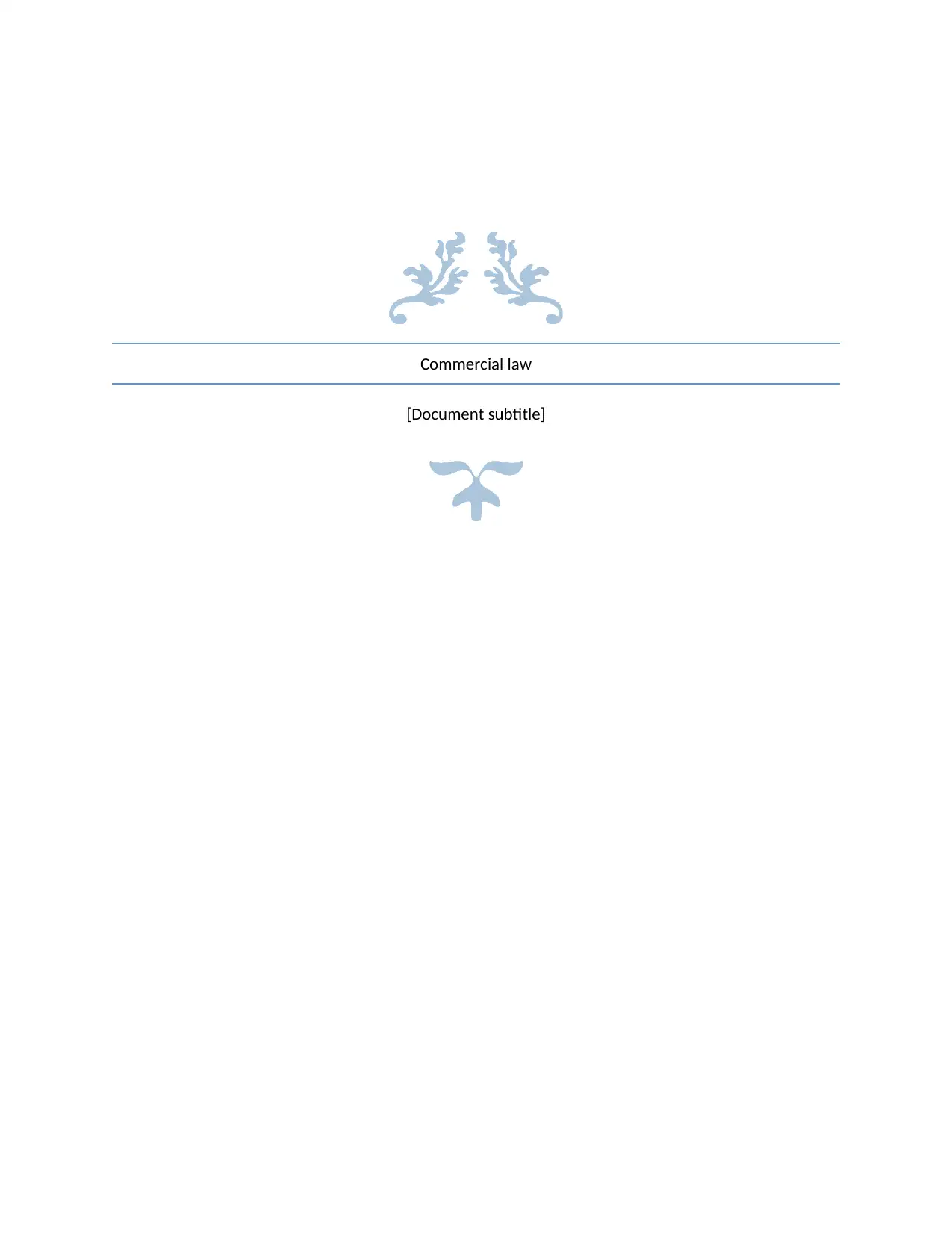
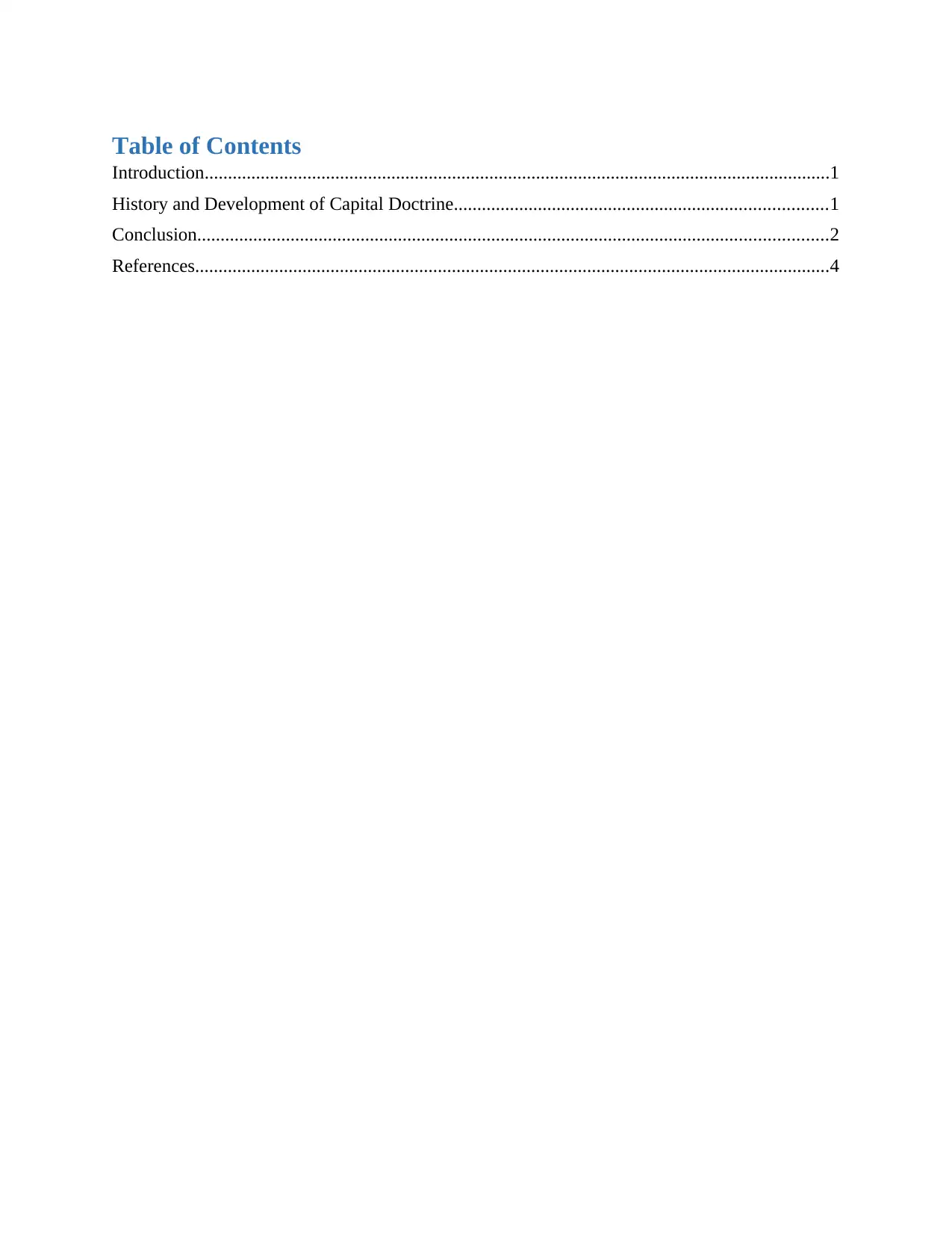
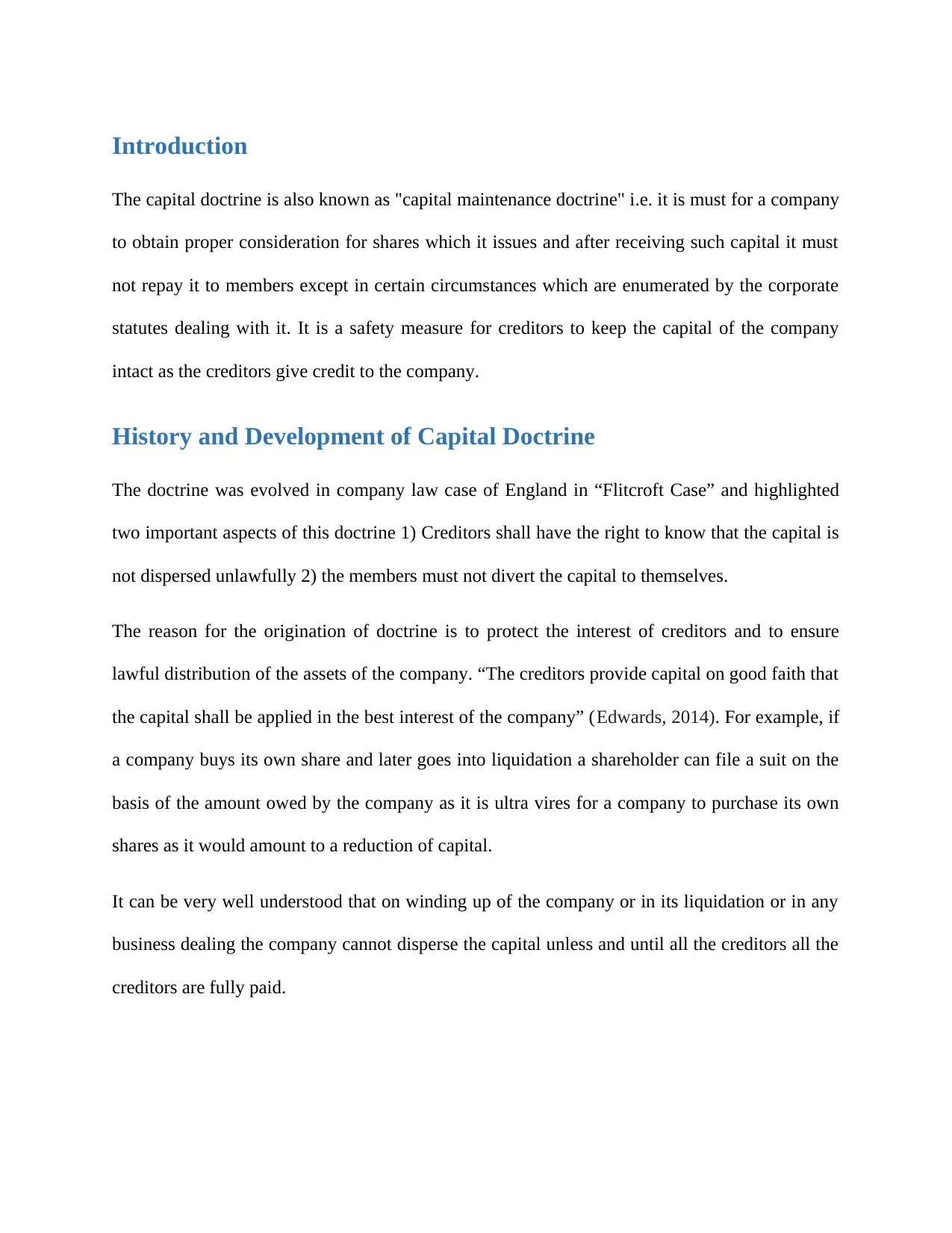

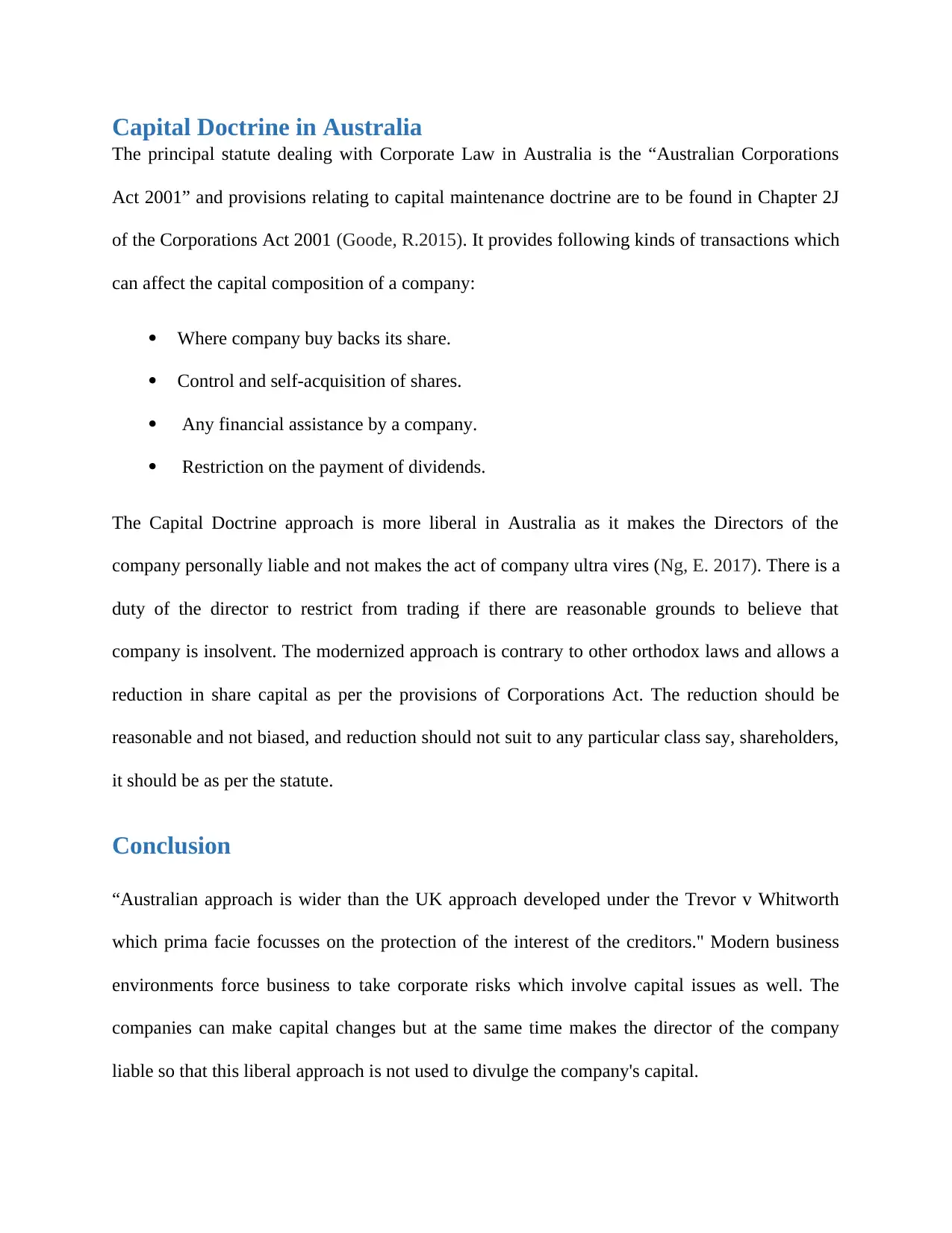

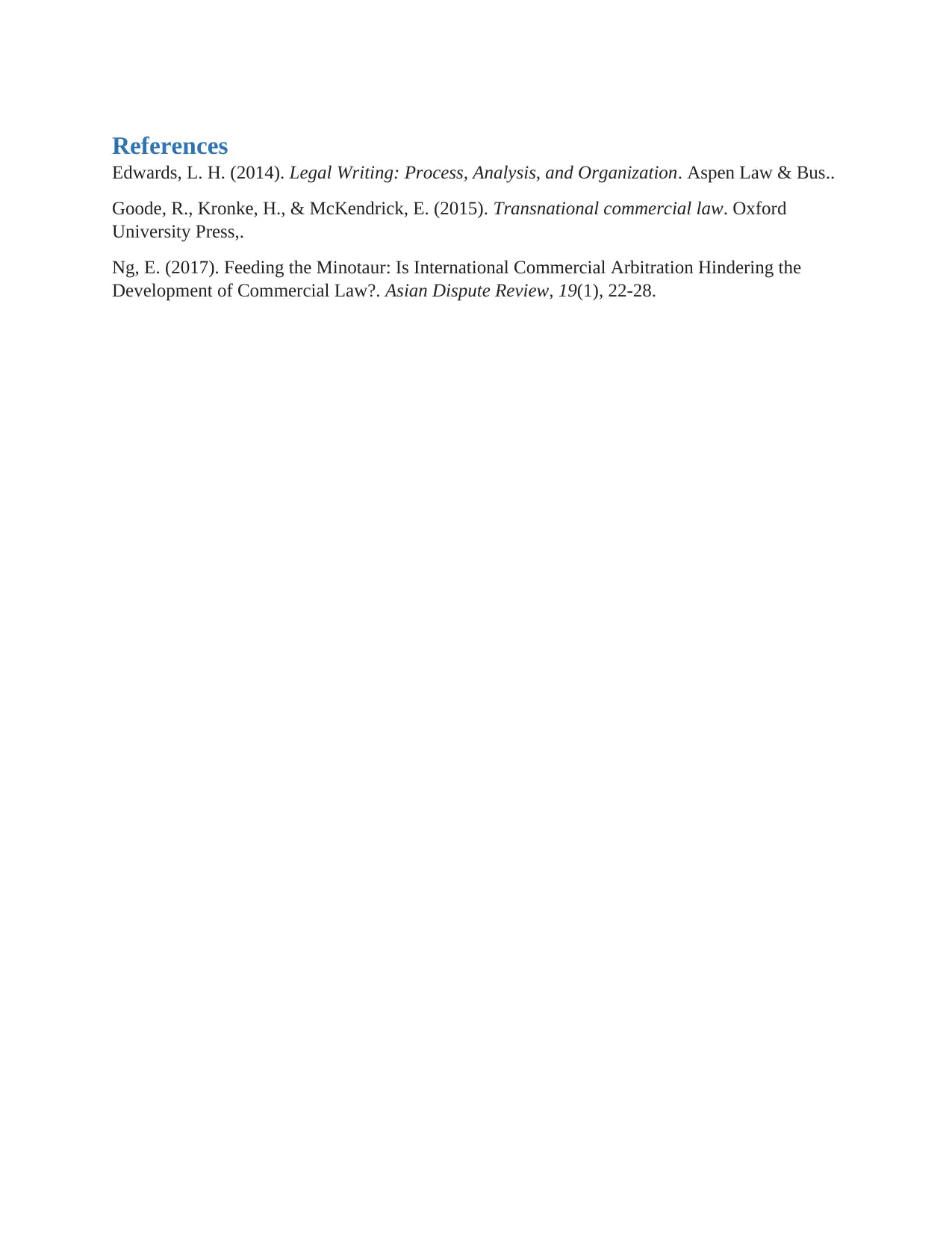






![[object Object]](/_next/static/media/star-bottom.7253800d.svg)